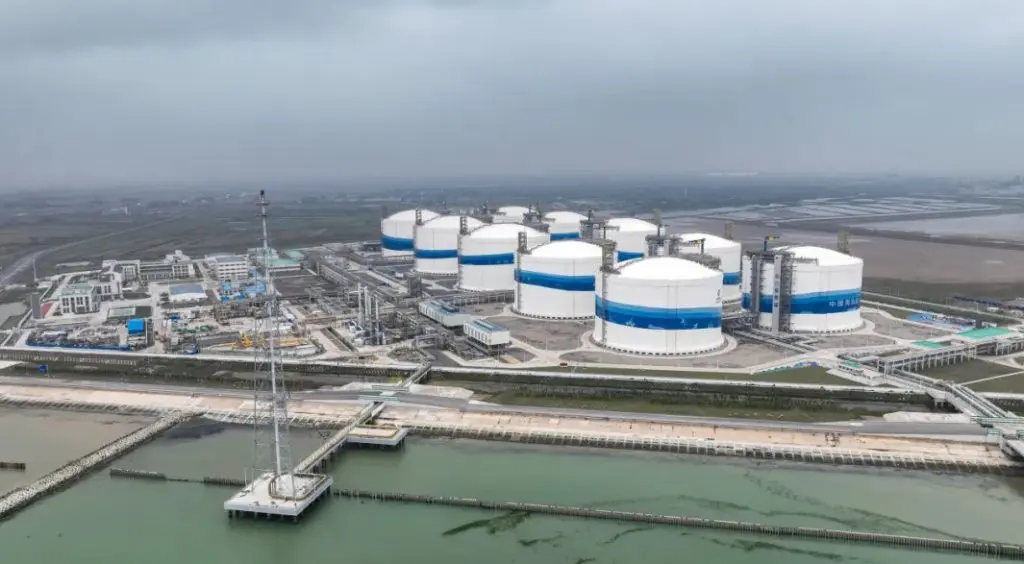This story requires a subscription
This includes a single user license.
Data from the General Administration of Customs shows that the country received 6.84 million tonnes last month, up 21.7 percent year-on-year.
The data shows that during January-September, China imported 57.09 million tonnes of LNG, a rise of 11.9 percent year over year.
This also compares to 58.48 million tonnes China imported during January-September in 2021, which was a record year for China’s LNG imports with 78.93 million tonnes.
Natural gas imports, including pipeline gas, reached about 11.99 million tonnes last month, rising 18.2 percent compared to 10.14 million tonnes in September 2023.
China’s pipeline imports rose 15.6 percent year-on-year in September to 5.15 million tonnes.
GECF said in its September report that China’s increased LNG imports were attributed to higher gas consumption and pre-winter restocking.
According to GECF, Asia Pacific’s LNG imports surged by 14 percent year-on-year in September, reaching 24.30 Mt—its third-highest monthly total ever.
The year-on-year growth in China’s September LNG imports was the highest since May this year.
The slowdown in LNG import growth during May-July could be attributed to the rise in prices.
Chinese buyers were buying spot LNG cargoes during Januay-April this year due to low JKM prices.
From the second half of January until the second half of April, Asian spot LNG prices were below $10/MMBtu.
However, the front-month JKM rose in May for the first time this year above $12/MMBtu, and it currently trades above $13/MMBtu.
China’s LNG imports rose 12.6 percent in 2023, and the country overtook Japan as the world’s largest LNG importer.
The country received about 71.32 million tonnes in the January-December period last year.
China will probably remain the world’s largest LNG importer this year.
During January-September this year, China imported about 7.9 million tonnes more than Japan.

